< more recent | 18-30 September 2017 | older >
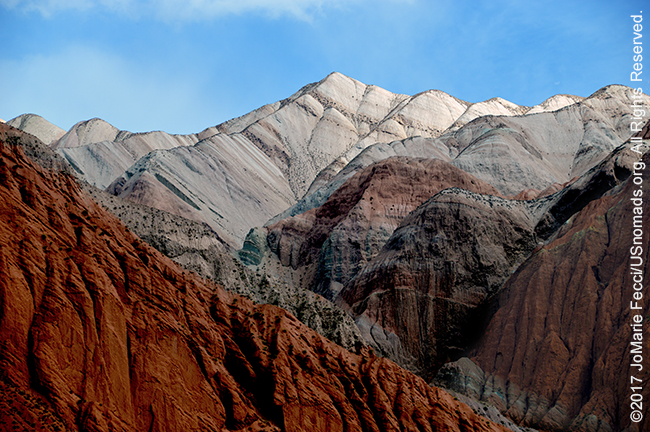
2 OCTOBER 2017: Last morning in Kyrgyzstan, packing up gear in Bishkek and getting organized for the long journey back home. Was an intense and successful first trip to the region, with a lot accomplished in a very short period of time. Looking forward to returning soon …
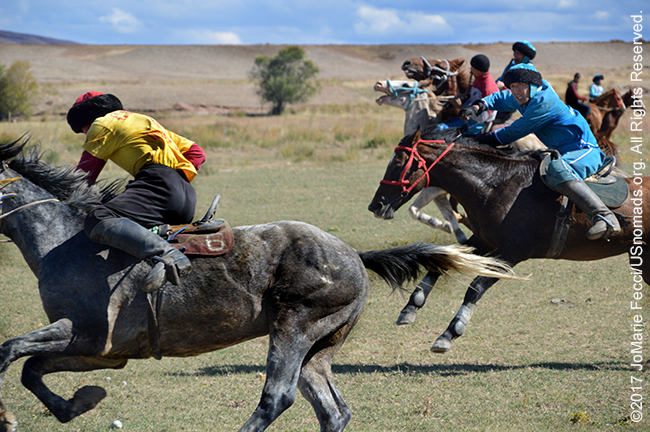
1 OCTOBER 2017: Was great to be able to help support training for a local Kok Buro team. The Saruu village team was out working on their horsemanship skills during a scrimmage match. The game is a traditional sport in which players compete to capture the prize goat and carry it to their goal, while opponents try to steal it away. Got to watch a bit of the action and meet with the young players before heading back to Bishkek …
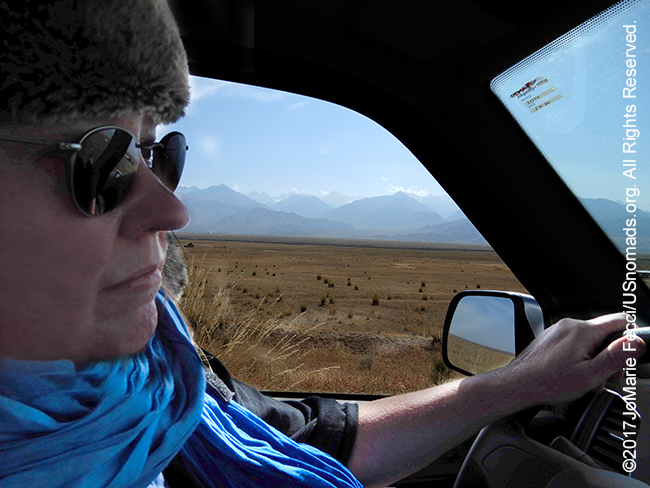
1 OCTOBER 2017: A final day to explore around the south shore of lake Issy Kul before returning to Bishkek and wrapping up the journey in the UAZ. Overall the vehicle performed well despite a few quirks and the landscapes of Kyrgyzstan proved to be epic…
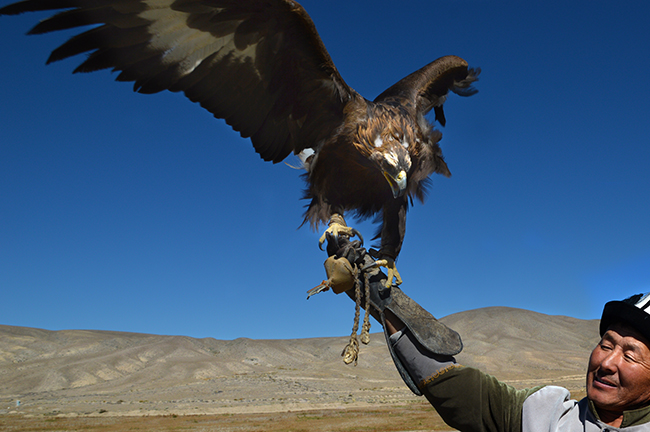
30 SEPTEMBER 2017: Got to learn about hunting with golden eagles from a master hunter who trains his own birds in the same tradition as his grandfather and great grandfather before him. Was incredible to see firsthand and get an understanding of the process of training these majestic birds…
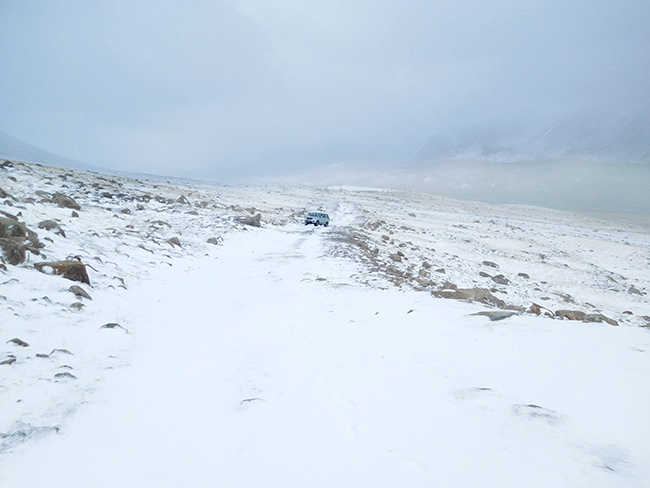
29 SEPTEMBER 2017: Unexpected snow at 14,000 feet caused a few hiccups on a high mountain pass after a long and beautiful drive day through some amazing landscapes, but eventually made it to the town of Bokonbaeyvo on the south shore of lake Issy Kul. …
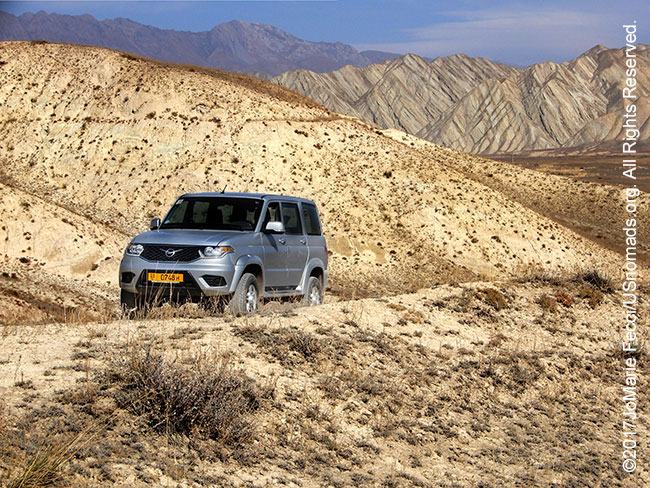
28 SEPTEMBER 2017: Spent the morning checking out the ancient caravanserai near the Chinese border before turning northwards towards the town of Naryn. The day’s drive was easy with a lot of paved roads, so took some time to explore some of the dirt roads that looked interesting along the way. A great day of free-form exploration was totally energizing …
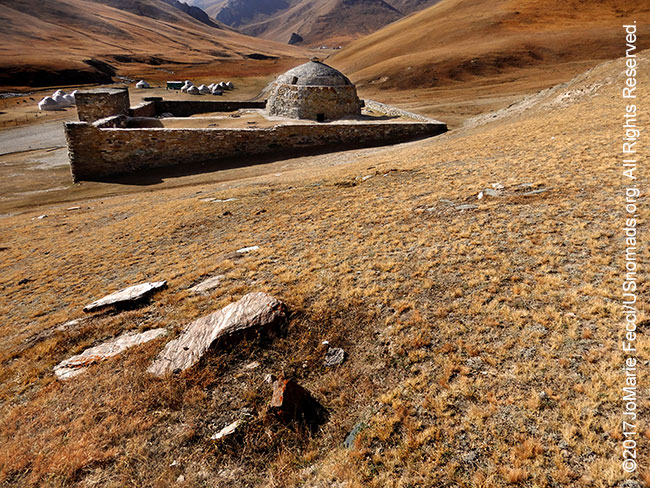
27 SEPTEMBER 2017: Had to take an alternate route from Song Kul to Tash Rabat because a bridge over the Naryn River that had been washed out some weeks ago was still not prepared. The cool thing about the change in plans was that navigation required using some Gazelle-like map and compass skills to find the right road. Then after getting caught up in a massive movement of herds down the side of a cliff, had to drive at rally speed with serious concentration to make it all the way down to Tash Rabat before sun down…
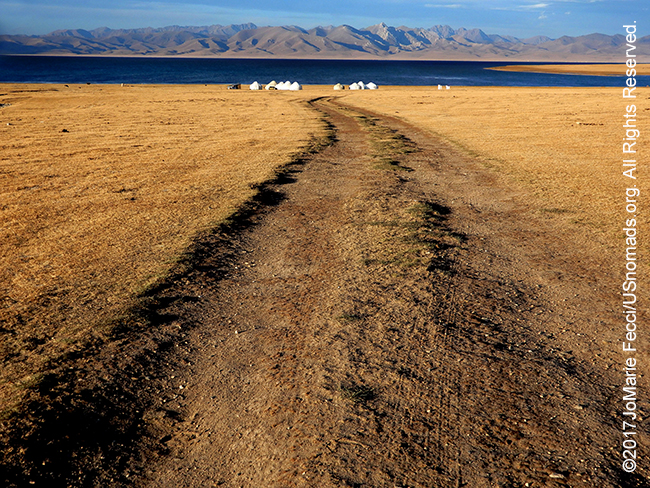
26 SEPTEMBER 2017: After a morning in Kyzyl Oi it was back on the road heading south to the summer pastures of Kyrgyz nomads around the lake of Song Kul. The drive there was a fun route that went through a mountain pass at Kara Keche before descending to the rolling meadows that surround the blue lake. Plenty of yurts were still up even though the approach of winter means that most folks are leaving these heights over the next couple of weeks…
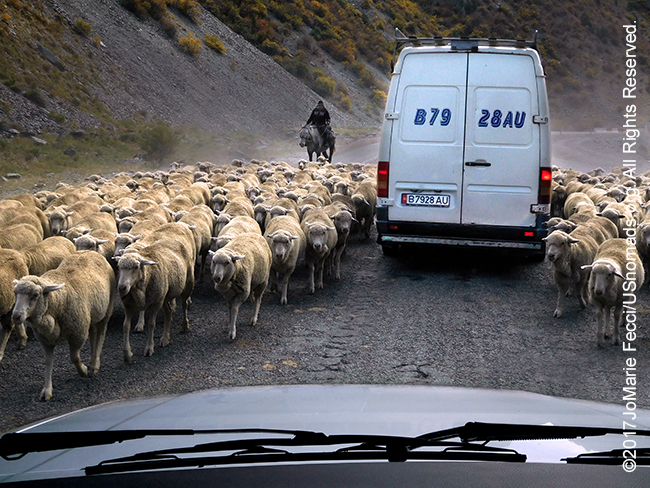
25 SEPTEMBER 2017: Driving a segment of the Parmir Highway southwest from Bishkek there were multiple traffic jams as the local nomads were moving their herds down to lower elevations for winter. At one point the tunnel passage that cuts through the mountain was closed to vehicle traffic to allow the animals to move through, luckily it was open again by the time we reached it. Continued through the Suusamyr Valley and on to the village of Kyzyl Oi for the night…
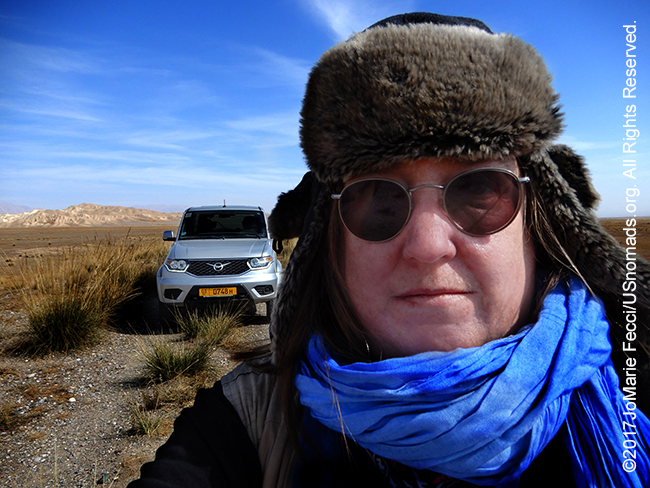
24 SEPTEMBER 2017: Arrived in Kyrgyzstan to begin a loop south from the capital, Bishkek, along segments of the ancient “Silk Road” in a Russian UAZ Patriot, sourced from Iron Horse Nomads. The vehicle is prepped and ready to take on the rough roads in the rugged southern part of the country, as the planned route is to go almost all the way to the Chinese border…
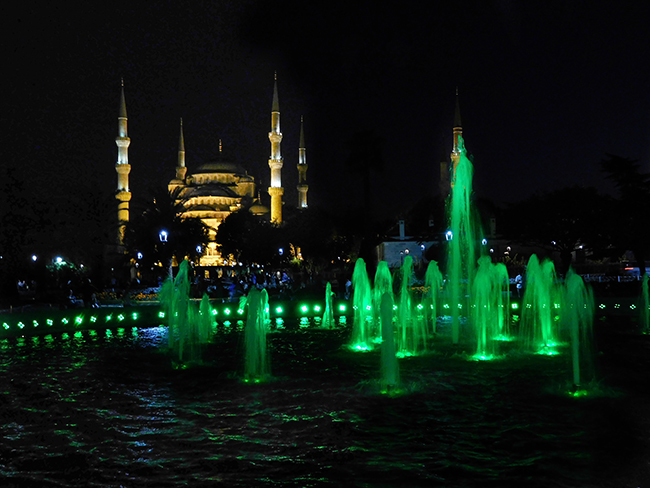
23 SEPTEMBER 2017: Heading east to explore a bit of the ancient “Silk Road” but had a brief stopover in Istanbul on the way. The city was actually the “destination” for many of those ancient Silk Road caravans bringing goods from China to the west. Today Istanbul is a bustling metropolis, growing bigger and more hectic all the time, yet maintaining a link to its own history in areas like the touristic old city, where many of the most iconic monuments are located in…
THIS MONTH:
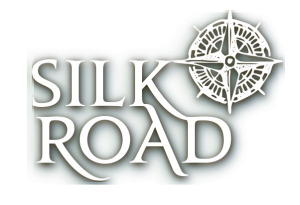
Departure at the end of September for a scouting mission into a new region of exploration for USnomads — the famed Silk Road across Central Asia. This initial recce will lay the groundwork for a longer and more ambitious journey tentatively scheduled for the summer of 2018. Using this first trip in the region to get an introduction to some different nomadic cultures and adventurous terrain that poses new challenges…
COMING UP SOON:

Women’s Wheeling Day at Rausch Creek, on Saturday October 21st. This is the second annual edition of this ladies run for all levels from beginners to advanced, focusing on encouraging women to build more confidence out on the trails and learn what their vehicles are capable of…
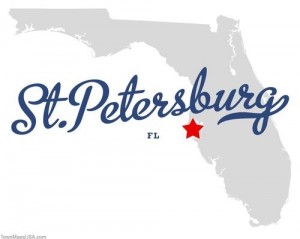
A brief visit to a laid back Florida location to reconnect with friends and family…

Heading back to the city of light, for old neighborhoods, good friends and some background work for the next Sahara segment…
HUNTING WITH EAGLES
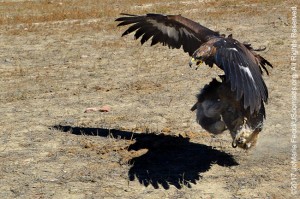
Eagle Hunting is a traditional form of falconry found throughout the Eurasian steppe, practiced by Kazakh and Kyrgyz people in contemporary Kazakhstan and Kyrgyzstan, as well as in Mongolia and some parts of China. Archaeologists trace back falconry in Central Asia to the first or second millennium BC. The hunters, on horseback, use golden eagles to hunt primarily foxes and rabbits. The tradition of eagle hunting is more than a thousand years old. Genghis Khan is believed to have engaged in the sport. Marco Polo described it. In the Mongol era, it is said, a fine eagle and good horse cost the same price and both lent prestige to their owner. Golden eagles are massive birds with wingspans up to two and half meters. Hunters prefer females because they are larger and regarded as more aggressive. Females weigh up to seven kilograms and it takes a great deal of strength to hold one of these large birds in your arm. When horses are on the move the eagles unfurl their wings for balance. A quality golden eagle can hunt for 30 years or more. The capture and training of eagles is a highly ritualised activity. The hunters climb up high into the mountains to capture a bird from its nest when it is around two years old, which is old enough to know how to hunt but young enough to be pliable to human training. The eagles are domesticated, fed by hand, and will live with the hunters’ families for years. Training eagles takes a lot of time, (3-4 years), must be done by one person, and requires constant daily attention. The bird learns the sound of his master’s voice — eagles can distinguish human voices and will obey only that of his master)…
TASH RABAT
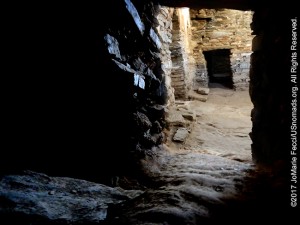
Tash Rabat is a well-preserved 15th century stone caravanserai located at an altitude of 3,200 meters in Kyrgystan not far from the Torugart Pass and the border crossing to China. Caravanserais supported the network of trade routes along the Silk Road. They were protected places where the caravans could stop and rest. The structure at Tash Rabat consists of 31 rooms, including chambers in the central hall. The main rooms are dome-shaped and the caravanserai is constructed of crushed stone on clay mortar with gypsum mortar sealing joints. Tash Rabat is an example of a typical caravanserai with a rectangular walled exterior and a single portal wide enough to permit large or heavily laden beasts such as camels to enter. Inside rooms include animal stalls, bays, niches, or chambers to accommodate merchants and their servants, animals, and merchandise. Caravanserais provided water for human and animal consumption and had shops where travelers could re-supply. They also served as trading centers, for the merchant caravans en route to their final destinations…
THE SILK ROAD
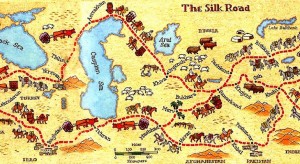
The Silk Road was an extensive network of trade routes across Eurasia connecting the East and West. More than simply a trade route, it served as a conduit for cultural interaction and an exchange of ideas as well. The trade routes became known as the Silk Road because of the lucrative trade in silk that began during the Han dynasty (207 BCE – 220 CE). The Han dynasty expanded Central Asian sections of the trade routes around 114 BCE, largely through missions and explorations of the Chinese imperial envoy, Zhang Qian. The Chinese took great interest in the safety of their trade products and extended the Great Wall of China to ensure the protection of the trade route. Trade on the Silk Road played a significant role in the development of the civilizations of China, Korea, Japan, the Indian subcontinent, Persia, Europe, the Horn of Africa and Arabia, opening long-distance political and economic relations between the civilizations. Though silk was certainly the major trade item exported from China, many other goods were traded as well…
THE PARMIR HIGHWAY
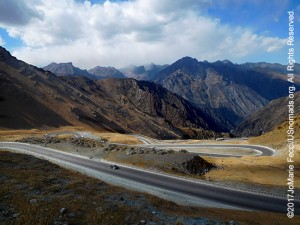
The M41, more commonly known as the Pamir Highway is a road traversing the Pamir Mountains through Afghanistan, Uzbekistan, Tajikistan, and Kyrgyzstan in Central Asia. It is the only continuous route through the difficult terrain of the mountains and has been in use for millennia, as there are a limited number of viable routes through the high Pamirs. This route formed one link of the ancient Silk Road trade route. Today, the route starts at Termiz at 37°12′39″N 67°16′20″E and ends at Kara-Balta to the west of Bishkek, Kyrgyzstan at 42°49′40″N 73°52′53″E. With some sections at an elevation of 4,655 meters, the Pamir Highway is the second highest altitude road in the world. The roadway is unpaved in some areas and is heavily damaged in places by erosion, earthquakes, landslides, and avalanches…
THE UAZ PATRIOT

The UAZ Patriot is a Russian-built vehicle designed to be comparable to a US Jeep. Produced by the UAZ division of SeverstalAvto in Ulyanovsk, Russia, it is a capable off-road vehicle adapted to extreme driving conditions. With locking differential, high clearance, and body-on-frame construction, the upgraded UAZ Patriot is able to conquer rough roads, while still offering a comfortable and safe ride. The petrol-fueled version (2.7 L gasoline engine, 134.6 horsepower) we used in Kyrgyzstan has ground clearance measured up to the axle housing of 210 mm, with an approach angle of 35° and a departure angle of 30°. It has a body-on-frame construction and part-time 4WD with a gear ratio of 2.542…
ABOUT KYRGYZSTAN
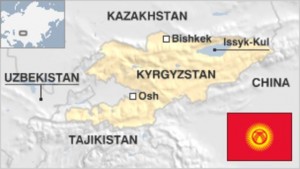
The Kyrgyz Republic is a landlocked country in Central Asia, bordered by Kazakhstan to the north, Uzbekistan to the west and southwest, Tajikistan to the southwest and China to the east. Its capital and largest city is Bishkek. Characterized by mountainous terrain, Kyrgyzstan has been at the crossroads of several great civilizations, most notably as part of the Silk Road caravan routes. Though long inhabited by a succession of independent tribes and clans, Kyrgyzstan has periodically fallen under foreign domination and attained sovereignty as a nation-state only after the breakup of the Soviet Union in 1991. Ethnic Kyrgyz make up the majority of the country’s 5.7 million people, followed by significant minorities of Uzbeks and Russians. Kyrgyz is closely related to other Turkic languages, although Russian remains widely spoken and is an official language. The majority of the population are non-denominational Muslims. In addition to its Turkic origins, Kyrgyz culture bears elements of Persian, Mongolian and Russian influence. However, many aspects of ancient Kyrgyz culture have been preserved due in part to the geographical isolation provided by its high mountain terrain…
HISTORIC ISTANBUL
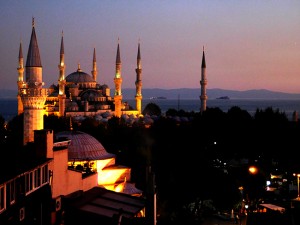
The historic old city center of Istanbul is a UNESCO World Heritage site that is frequented by millions of tourists each year. The distinctive and characteristic skyline of Istanbul was built up over many centuries and encompasses the Hagia Sophia whose vast dome reflects the architectural and decorative expertise of the 6th century, the 15th century Fatih complex and Topkapi Palace, the Süleymaniye Mosque and Sehzade Mosque which reflects the climax of Ottoman architecture in the 16th century and the 17th century Blue Mosque. The protected status ensures that this area of the city is preserved from the combined threats of population pressure, industrial pollution and uncontrolled urbanization. Strategically located on the Bosphorus peninsula between the Balkans and Anatolia, the Black Sea and the Mediterranean, Istanbul was successively the capital of the Eastern Roman Empire, and the Ottoman Empire and has been associated with major events in political history, religious history and art history for more than 2,000 years. The city is situated on a peninsula which is surrounded by the Golden Horn, a natural harbor on the north, the Bosphorus on the east and the Marmara Sea on the south. The Historic Peninsula, on which the former Byzantium and Constantinople developed, was surrounded by ancient walls, built initially by Theodosius in the early fifth century. The Outstanding Universal Value of Istanbul resides in its unique integration of architectural masterpieces that reflect the meeting of Europe and Asia over many centuries, and in its incomparable skyline formed by the creative genius of Byzantine and Ottoman architects…
Nesconset | Istanbul | Bishkek
MORE NOTES FROM THE ROAD:
1-17 September – Rebelle U
15-31 August – Arizona
8-14 August – TFT9
1-7 August – Serbia
July – NY and Serbia
June – NY and Paris
May – Wheelers Overland
22-30 April – Algeria
15-21 April – Algeria
8-14 April – Algeria
1-7 April – AOAA
March – Long Island
February – Sand dunes and Paris
January – El Camino del Diablo and more
December – Roadtrip
November – Paris
October – Rebelle wrap up
1-7 Oct – NY to Reno
Archive
SPECIAL REPORT
A look into south-eastern Algeria on the border with Libya and Niger: overlanding with the Tuareg in one of the most remote corners of the Sahara … [read]
SPECIAL REPORT
Detailed series on a solo scouting journey into some of the remotest backcountry around Moab. The six day 450-mile off-pavement trip into the Maze district of the Canyonlands National Park offers insight into the challenges of expedition planning… [read]
MORE INFO:
About US Nomads
Training
Practical Matters
In Our Words
Contact Us